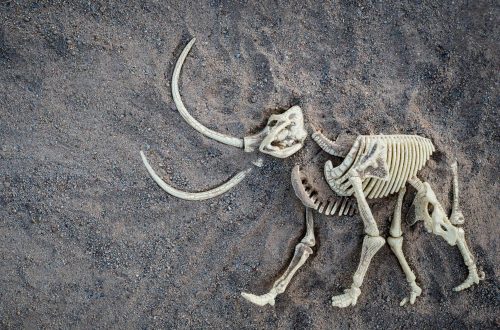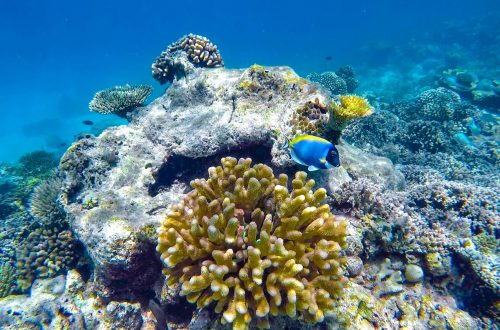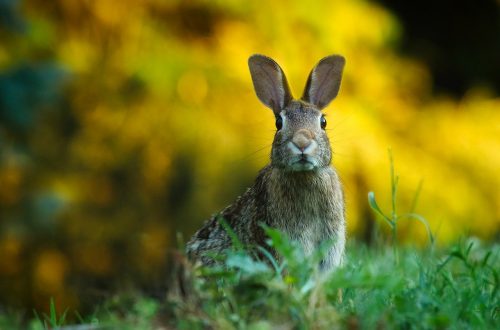
Antigua Wildlife: Little Gems in Unexpected Places
Caribbean Dreams
I’m sure we have all whiled away many a dreary work day dreaming of holidaying in the Caribbean, with its sun-kissed beaches, turquoise waters and vibrant cultures. However, amidst the allure of picturesque landscapes, there exists a secret world of captivating wildlife, often overlooked by the average traveler.
Realistic Expectations
Antigua’s wildlife is a well-kept secret, waiting to be discovered by those who seek a deeper connection with nature.
Whilst you may not find the big game animals associated with African safaris, or the astonishing array of marine life found in the Maldives, Antigua is nevertheless home to its own enchanting cast of characters.
We’ll talk you through the players you are most likely to see and those you’re not, shaping your expectations to fit reality. We’ll also give you some tips for looking for some of those lesser spotted individuals!
Get ready to explore the untold stories of Antigua’s wildlife, and let your Caribbean dream extend far beyond the shore.
Easy to Spot
Common Antigua Wildlife
These are your all-but-guaranteed wildlife sightings in Antigua.
Frigate Birds
Among the many fascinating creatures that inhabit this enchanting island, the frigate bird reigns supreme.
Famous for the bright red throat pouches of the males, these are truly unique birds. For nature enthusiasts and bird lovers alike, observing the magnificent frigate birds in their natural habitat is an experience that will leave an indelible mark on your memories.
Antigua’s pristine coastline provides an ideal environment for frigate birds, attracting them with its abundant marine life and warm tropical climate. These impressive seabirds, known for their distinctive long wingspan and forked tails, gracefully glide through the Caribbean skies, captivating onlookers with their aerial acrobatics.
I was mesmerised watching some females chasing smaller gulls and terns.
Once you know what you’re looking for you’ll see them everywhere, but they could easily be missed by the untrained eye. Ask an Antiguan resident to point one out early in your stay, or better yet take a tour [link coming soon] and get an expert to show you.
If you really want to guarantee a sighting, you can visit the Frigate Bird Sanctuary on the island of Barbuda.
September-March is a great time to see them as this is their mating season when you get to see those famed throat pouches at their finest.
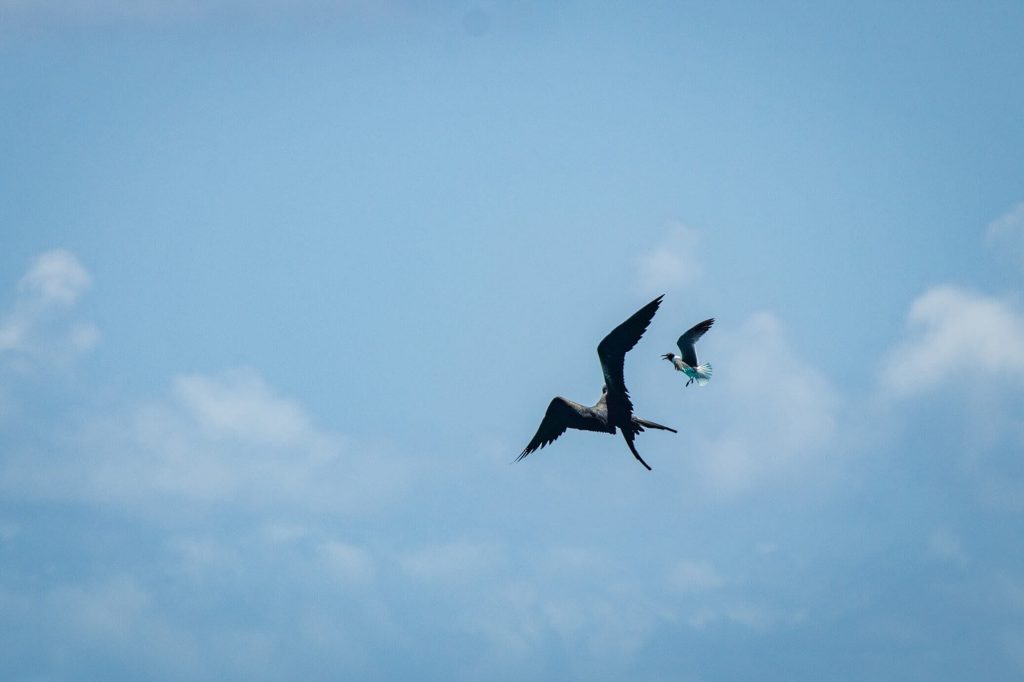
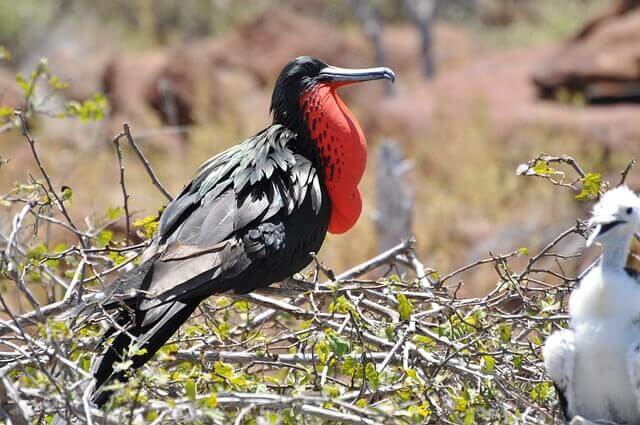
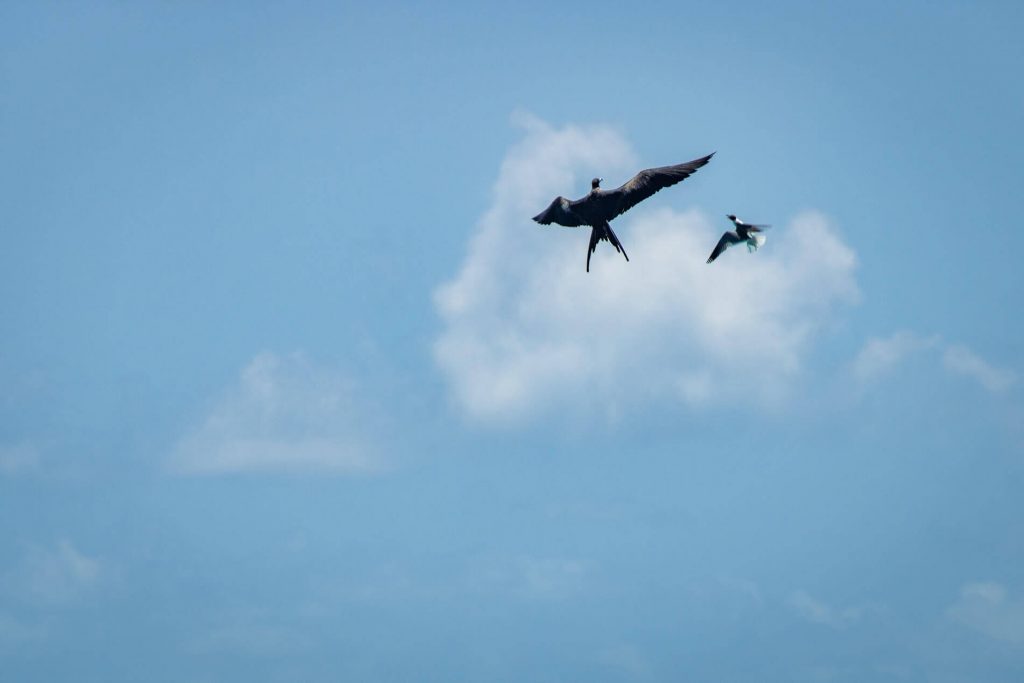
Tropical Fish, Sea Grass, Coral, Sea Urchins
Snorkeling is a favourite pastime of tourists in search of Antigua’s wildlife.
It may not have the majesty of reefs of the Red Sea and Indian Ocean, but Antigua, nevertheless, is hiding some gems of its own if you know where to look.
It’s a great place for beginner snorkelers with plenty of opportunity to explore from the shore. Click here for our recommendations on the best snorkeling spots in Antigua [link coming soon].
Wherever you go, you’re bound to find an array of tropical fish, including snapper, boxfish (similar to pufferfish) and angel fish. This website gives you a fantastic insight into the species you might encounter underwater in Antigua.
As you explore further, you’ll encounter the fascinating sea urchins, adorned with spiky exteriors in various shapes and sizes. Be careful not to kick those sharp spines!
Generally the best snorkelling spots in Antigua [link coming soon] are the barrier reefs which are further out and require a boat trip to visit [link coming soon], but there’s plenty to see off the beach as well.
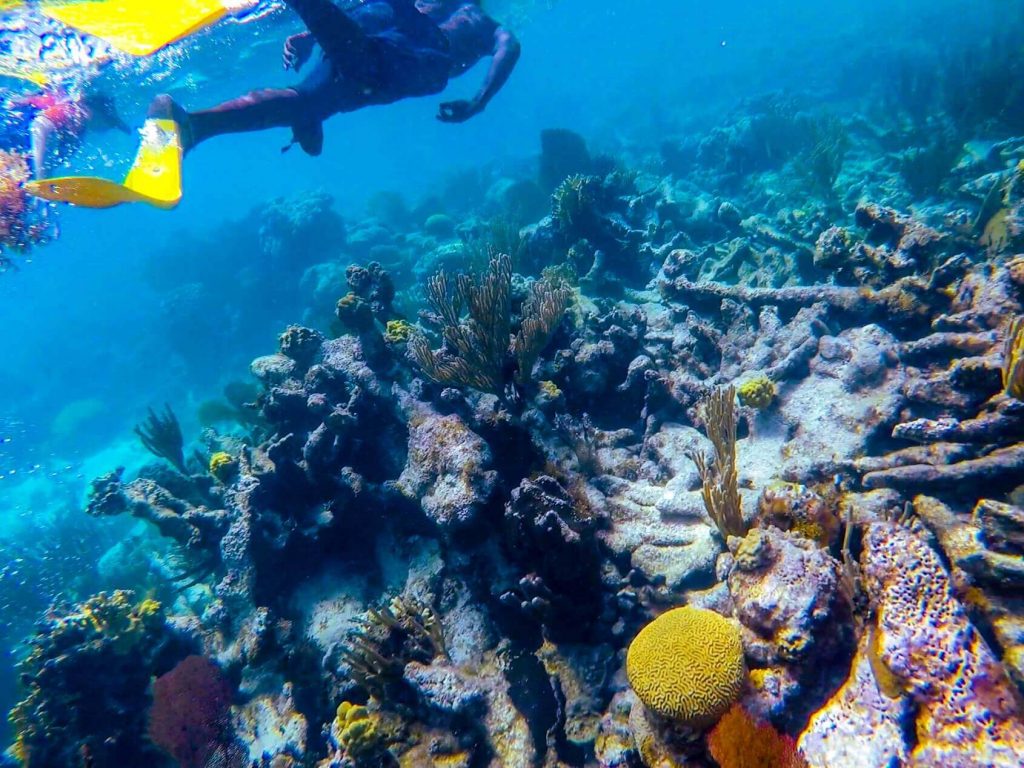
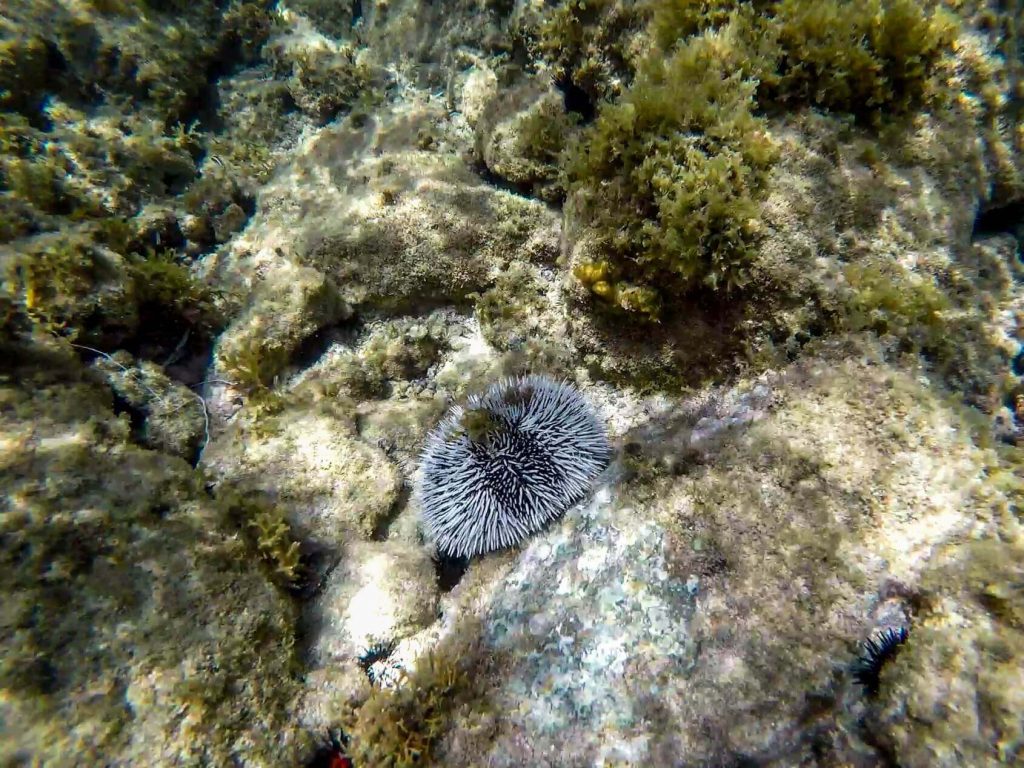
Geckos
There’s not a tonne of reptile-life to explore on Antigua and Barbuda, but you’ll probably come across your fair share of these guys.
They’re pretty good at camouflage so you usually first spot a little movement out of the corner of your eye as the scuttle across the floor.
There’s no need to go looking for these. They’ll no doubt find you.
I personally always love an encounter with these friendly little fellows.
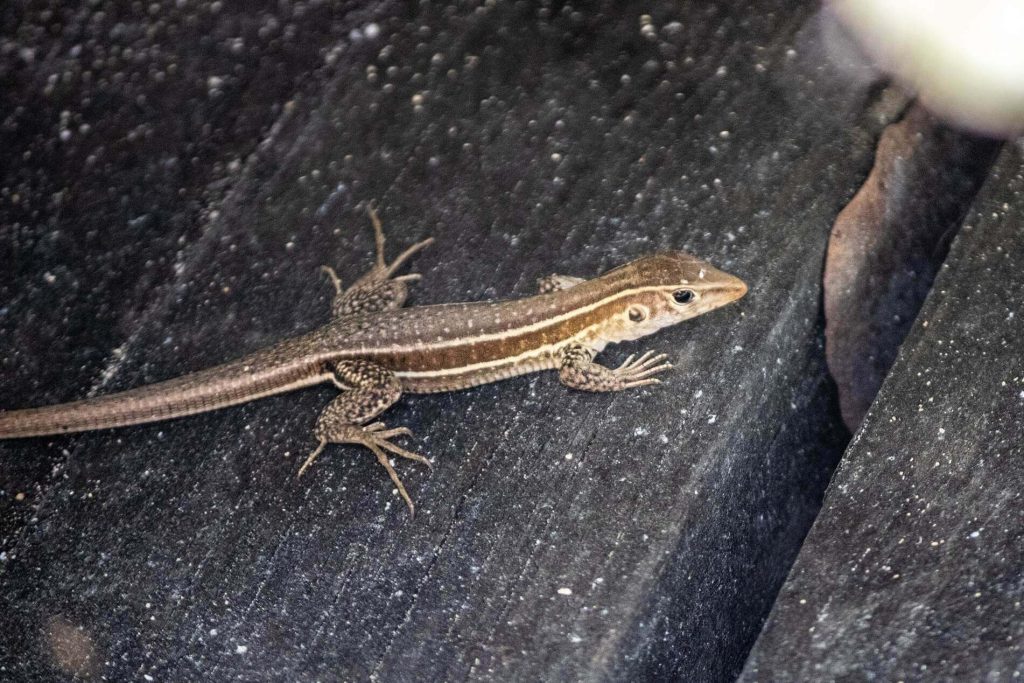
Good Chance to See
Accessible to All…With a Bit of Effort
These are the things you’re not going to see on every single trip but within a few excursions, your chances are pretty good.
Turtles
Turtles are among Antigua’s most charismatic wildlife.
There are four species you might come across in Antigua. The most common are the Hawksbill turtles, with their strikingly patterned shells. Green turtles, on the other hand, are known for their large size and gentle nature. These ancient mariners have inhabited the seas for millions of years and are a testament to the resilience of Antigua’s marine ecosystem.
This article offers a fantastic insight into where to go to maximise your chances of a sighting.
You don’t even need to be in the water to see them. We got loads of sightings straight off a boat on an ecotour we took around the northern islands [link coming soon]. However, they can regularly be seen snorkelling or diving.
Remember to keep your distance when encountering these magnificent creatures and be careful not to disturb their natural patterns.
Antiguans are going to a lot of effort to protect their turtles. You might see some turtle-friendly street lights on your trip to Antigua. Freshly hatched baby turtles will naturally move towards light, thinking it’s the moon. This is leading them inland toward dangerous roads instead of towards the (relative) sanctuary of the open ocean. The street lights have red LED bulbs which don’t attract these fledging turtles in the same way.
You might also consider supporting the Jumby Bay Hawksbill Project in aid of their conservation work on the islands.
Tree Frogs
Your first night in Antigua you might be confused to hear a whistling, beeping kind of noise emanating from the bushes.
It might sound electronic but it’s actually…tree frogs!
The main complaint about our hotel on TripAdvisor was that the tree frogs were too loud! To me it served as a mesmerising reminder that we weren’t in Kansas (or in my case, the UK) any more!
You can pretty much guarantee a sighting of these if you want to, particularly after a rare rain shower. It shows up in this category because you will have to rummage in the bushes a little bit. Shuffle a few leaves and you’ll likely find one of these little guys croaking away.
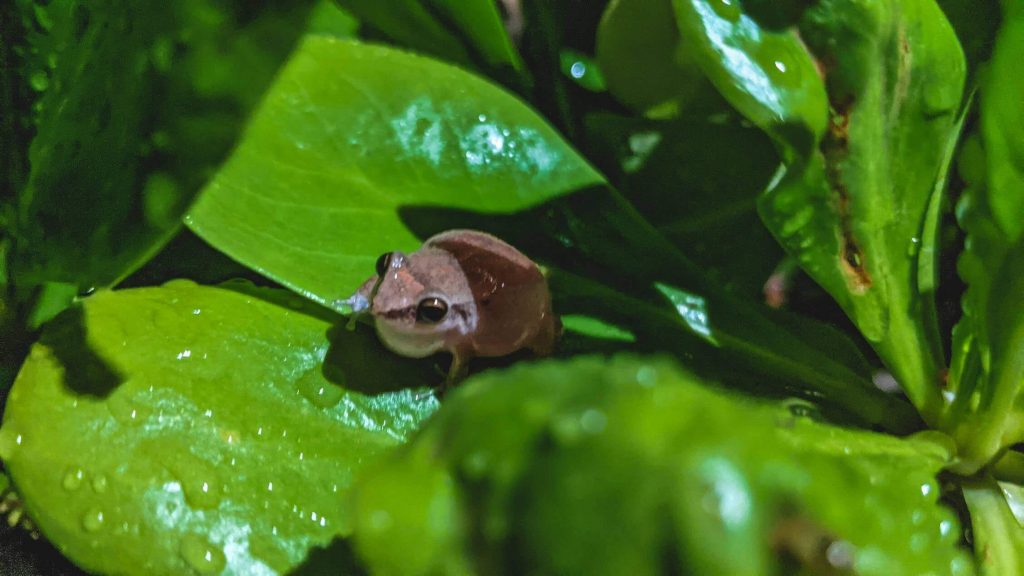
Pelicans
Pelicans are really an unexpected highlight amongst Antigua’s wildlife.
Known for their distinctive large bills and graceful flight, pelicans are a common sight along the coastlines. Whether perched on weathered piers or diving with precision to catch fish, these majestic creatures are sure to catch the eye of any wildlife enthusiast.
I found plenty of these flying sporadically across the northern coast. Jabberwock Beach is a good place to take a look.
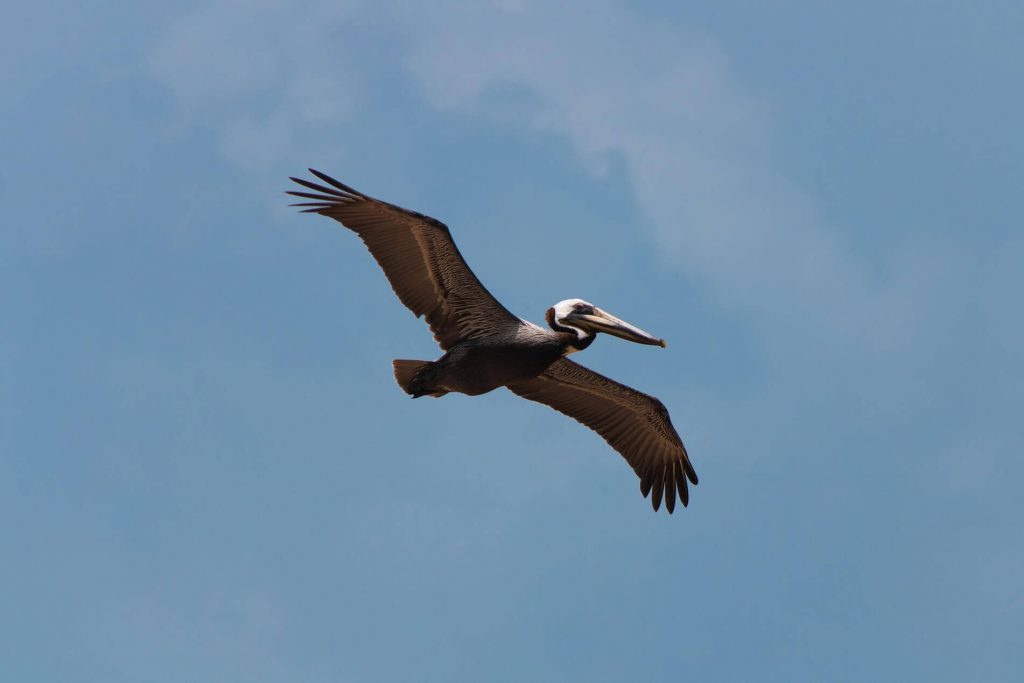
Actively Seeking
Antigua Wildlife You’ll Need to Search For
These are the species you can find with a bit of searching.
Rays
Rays are actually quite common in Antigua. Spotted eagle rays and various stingray species are regularly sighted in surrounding waters.
You might well be lucky in coming across one coincidentally whilst snorkelling in any number of spots around the island. However, generally a targeted snorkelling tour or dive excursion is much more likely to bring results.
Please be aware that at some point in your trip someone will likely try to sell you an experience at “Stingray City”. This offers you a guaranteed opportunity to feed and hold wild stingrays. I would implore you not to engage with this offer. Among other reasons, this tourist attraction forces wild animals to be touched by humans and disrupts the normal functioning of the ecosystem. Travel4Wildlife have a fantastic article on all the reasons to say no to this one.
Barracuda
This one is actually something of a warning.
Most of Antigua’s wildlife is unlikely to cause you any harm but on this one I’d advise taking heed of some advice.
These fascinating fish are attracted to anything shiny and have been known to attack humans based on a bright glint of light. When you’re selecting your snorkeling equipment, choose a non-reflective mask and make sure all jewellery is removed before getting in the water.
Other than that, you’ll be fine and can consider yourself lucky to have had this amazing sighting.
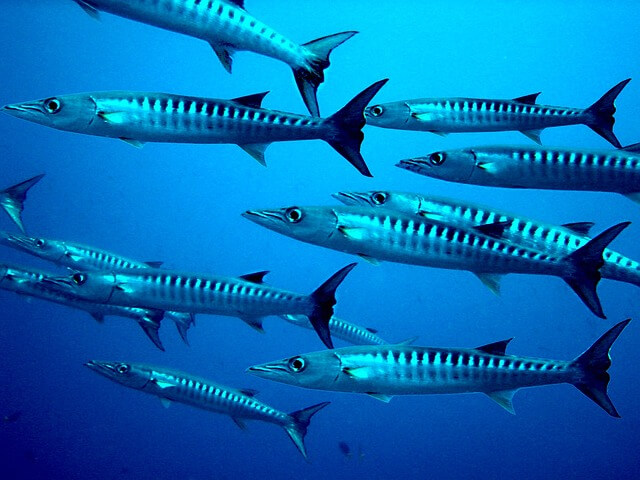
If You’re Lucky
Antigua Wildlife You’re Unlikely to Spot
These animals are there…but don’t travel with the expectation of seeing them.
Whales and Dolphins
Many articles online suggest that whales in particular are regularly found around Antigua and Barbuda.
It may be true that these whales can be tracked moving around these areas but as a tourist you are extremely unlikely to spot them. In conversation with Antiguans, they reported having grown up on the island and having never, or perhaps only once or twice in their lives, spotted whales or dolphins off the coast.
Maybe you’ll be lucky, but make it a bonus win rather than an expectation.
Antiguan Racer
Many people will be pleased to know that there is only one, entirely harmless, species of snake present on Antigua. Even then, your chances of seeing one are virtually nil. In fact, they’ve been wrongly declared extinct not once but twice!
It’s actually a sad story as this endemic snake was all but eradicated when rats and mongooses were introduced to the country as invasive species in the 1800s.
Conclusion: Inconspicuous Yet Enchanting…If You Know Where to Look!
Antigua wildlife may not be the most forthcoming or the most majestic, but there are plenty of hidden gems for those keeping their eyes open.
There is plenty of opportunity to excite us amateur wildlife watchers on the islands of Antigua and Barbuda.



